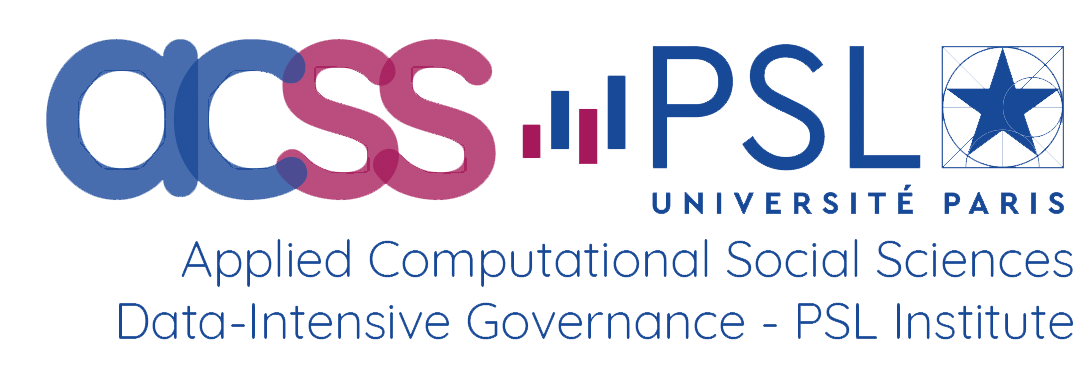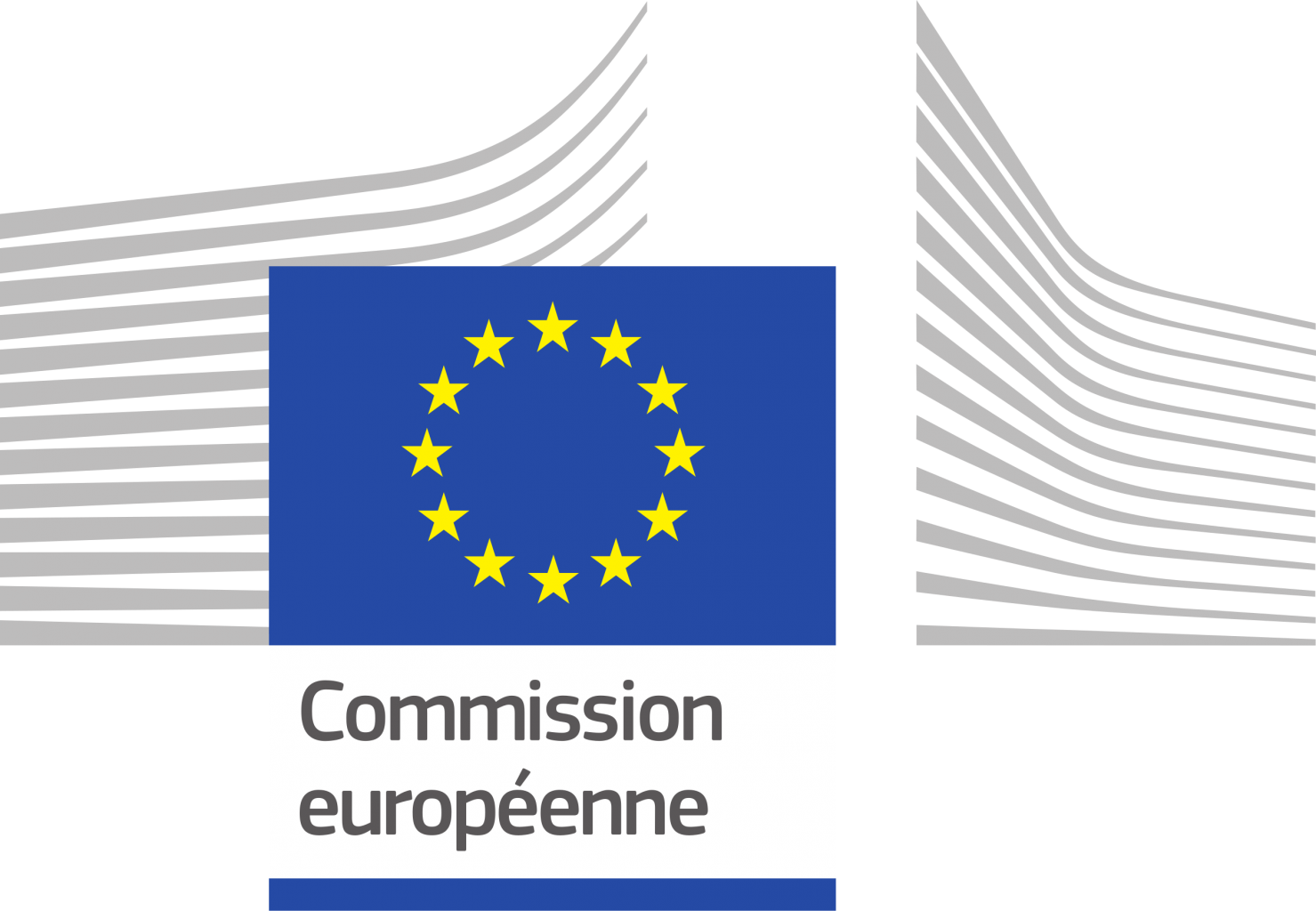
| Author(s) |
Anne VADASZ NILSSON Manuel Cabugueira Andrey TSYGANOV Charles NANCARROW Rich SULLIVAN-JONES Carmen Silvia SANCHES Laurent CLERC Alex DURAND |
| Publication type | Synthesis |
November 24th, 2020
The “raison d’être” of regulators is to articulate public policies with economic efficiency, while dealing with markets failures. Because they have to balance various stakeholders’ interests and to manage the long-term collective welfare, they have to be immune from undue influence by policy makers, large operators, or interest groups. Their independence should however be balanced by accountability. Regulatory agencies operations have to be assessed both to make sure that policies are actually implemented (effectiveness), and that their action results into desirable outcomes for the society and the economy.
Then the issue is to develop adequate organizational arrangements and to rely on relevant methodologies to assess the performances of the regulatory agencies. Indeed, the observed outcomes in terms of investment, level of activity, distribution of costs and benefits, is due to the intertwined effect of the design of the regulation (by the legislator) and of its implementation (by the regulator).
The objective of this conference will be to compare and discuss how the performances of regulatory agencies are assessed in different countries.
In a first roundtable we focused on the institutional organization of performance assessment. What is the role of the parliament and of specialized “higher authorities”? Is a Regulatory Impact Assessment (RIA) policy implemented at the national level? Do the infra-national political authorities check the regulators actions? Does the industry, the users or civic and political organization exercise some oversight? Are the regulators themselves involved in self-evaluation effort? Do the regulators involved in networks operate benchmark analyses of their performance? etc. Among other things, it will be useful to understand if the analysis of regulators performances is a regular activity and the level of requested means to manage such efforts.
In a second roundtable, we discussed the methodological aspects of impact assessment. What are the dimensions considered as relevant? What are the difficulties in disentangling the respective effects of the design of the regulation, of the action of the regulator, and of the action of other policy actors/actions? Are derived benefits of the policy — on growth, trade, employment, environment, etc. — systematically assessed and how? If they do exist, how regulatory scoreboard were built? What is their goal and actual role? Are ex ante and ex post impact assessment performed, and combined? Are behavioral impacts considered in addition to direct impact on economic outcomes? etc. This second roundtable will inevitably link the methodological issues with the aim of the regulatory impact assessment effort: providing incentives to the regulators, allowing a more informed discussion among the stakeholders of the regulation and public policies, or improving the effectiveness and the efficiency of the regulatory framework.
This report summarises the contributions to the conference "Regulatory agencies performance assessment" organised on November 24th, 2020, related to examples from different countries, while respecting the confidentiality required by its speakers.


























